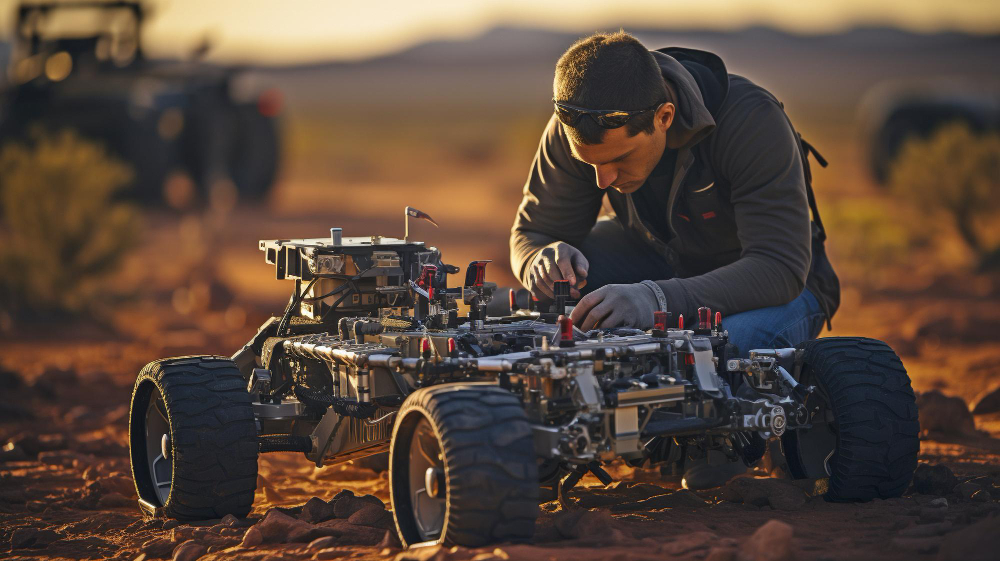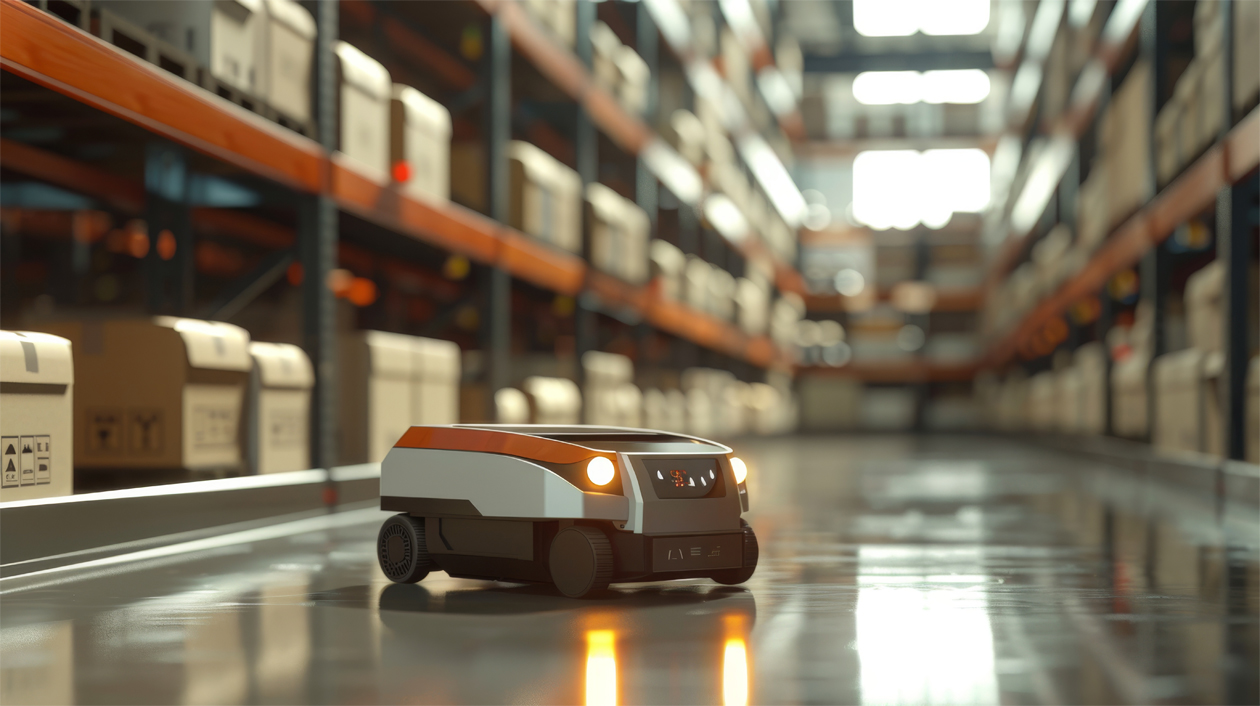Terrain sensing and adaptation pose significant technical challenges for robotics, particularly in diverse environments where surfaces vary in smoothness and texture. In this blog post, we’ll delve into the complexities of this issue and explore innovative solutions aimed at enhancing robotic mobility across different terrains.
Understanding the Challenge
The technical challenge of terrain sensing and adaptation revolves around the ability of robots to navigate effectively in diverse environments. Standard sensors like wheel encoders and depth cameras enable robots to move seamlessly on smooth terrain. However, they encounter difficulties on rough or uneven surfaces, leading to navigation errors or instability.
Present Solutions
Present solutions in robotics navigation encompass a range of techniques:
- Sensor Fusion: Integrating data from multiple sensors such as lidar, cameras, and IMUs provides comprehensive environmental feedback.
- Terrain Mapping and Classification: Algorithms create detailed maps of the robot’s surroundings and categorize terrain types based on features like roughness and slope.
- Adaptive Locomotion: Control algorithms dynamically adjust movement parameters to optimize stability and traction on different terrain types, ensuring smoother navigation.
Persisting Challenges
Despite existing solutions, robots still struggle to traverse uneven terrain effectively due to the complexity of environmental variations. Instances of navigation errors persist, highlighting the need for further research and development to enhance adaptability and robustness.
Innovative Approach: Training Robots to Adapt
Initiating training robots to adapt to diverse terrain conditions prior to deployment is a pioneering approach. By exposing robots to simulated or controlled environments featuring various terrains, they can learn to dynamically adjust their locomotion strategies.
This approach aligns with the paradigm of machine learning and artificial intelligence, where robots learn from experience and data to improve their performance over time.
Integrating Innovative Training with Existing Solutions
Integrating this training approach with existing solutions, particularly Adaptive Locomotion Strategies, offers a potent combination to bolster robotic performance. By incorporating learned adaptive behaviors into real-time control strategies, robots can respond more effectively to changing terrain, enhancing stability, traction, and overall mobility.
Advantages of Integrated Approach
This integrated approach yields several key advantages:
- Versatility and Resilience: Training robots to adapt enhances their versatility and resilience, enabling them to navigate effectively across a wide range of surfaces.
- Improved Responsiveness: Integration with existing solutions maximizes the utilization of learned adaptive behaviors, improving responsiveness and agility in real-world scenarios.
Conclusion
In conclusion, the synergy between innovative training methods and established techniques facilitates smoother movement and more robust performance, contributing to the advancement of autonomous robotics in various applications. By addressing the challenges of terrain sensing and adaptation, we pave the way for safer, more efficient robotic navigation in diverse environments.
Stay tuned for more insights and updates on the evolving landscape of robotics and artificial intelligence!
Feel free to share your thoughts and experiences with on-demand computing in the comments below! Let’s get the conversation started.





